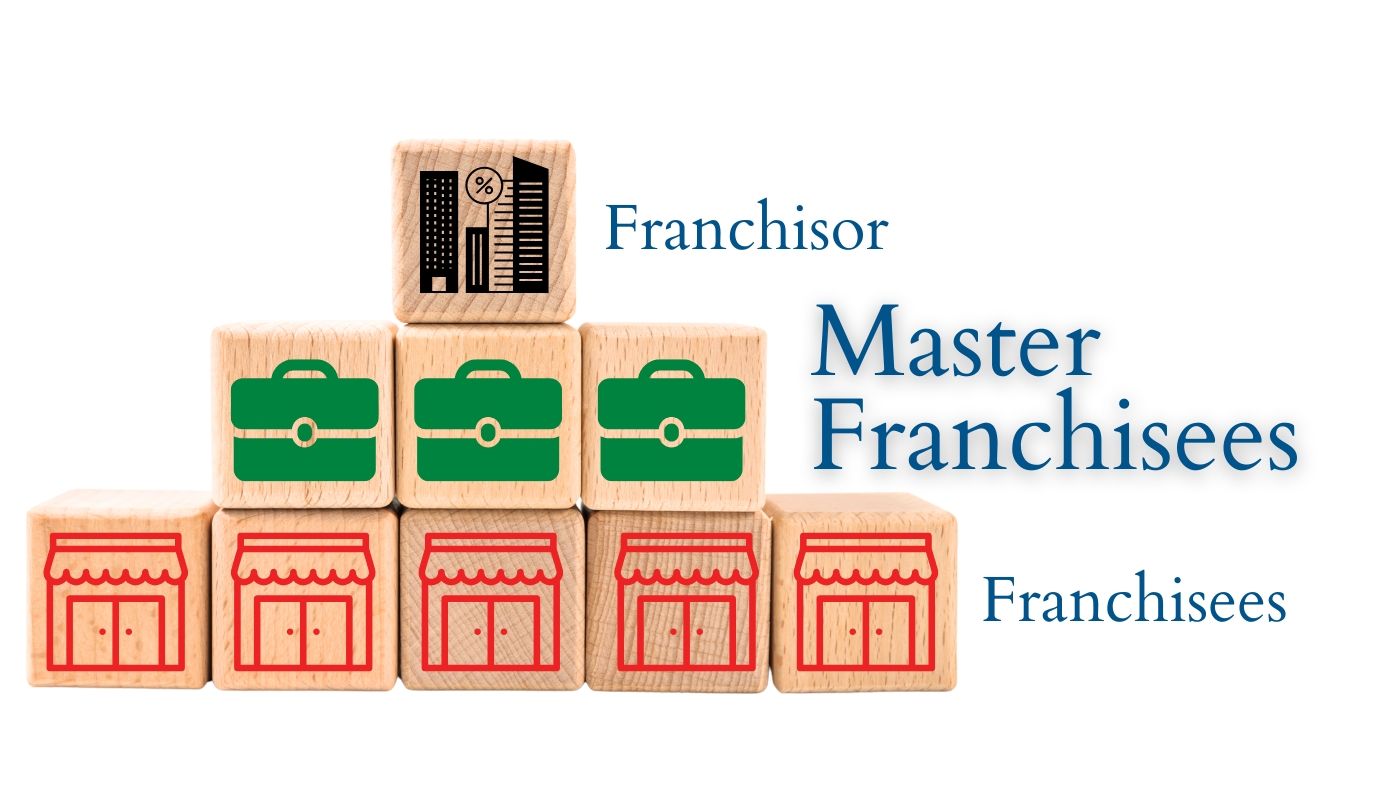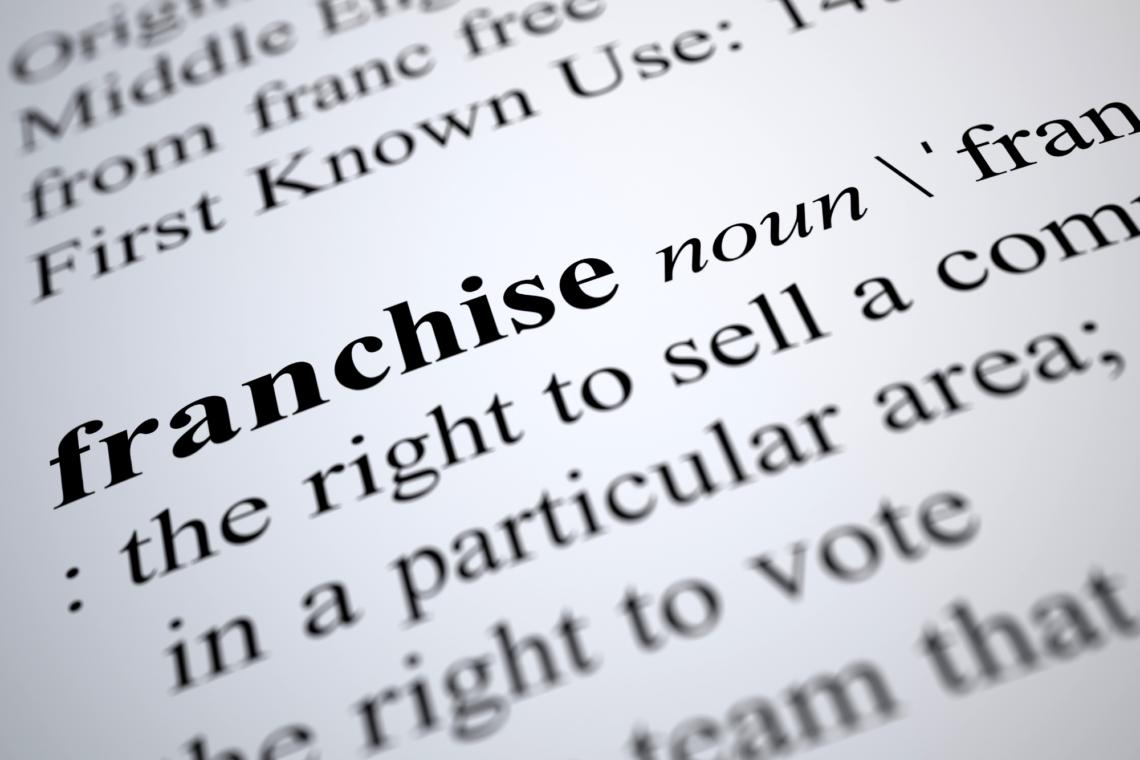What Is a Semi-Absentee Business? And Other Excellent Franchise FAQs
In the franchising world, there are numerous types of businesses to choose from that cater to the interests, strengths, and desires of the franchisee. However, there are also different levels of involvement that an owner can have in those businesses, ranging from elbows-deep to completely hands-off.
This article will examine the semi-absentee model, covering its benefits, drawbacks, and various examples of these semi-participatory franchises. Let’s see which one might work best for you.
What is a Semi-Absentee Business?
A semi-absentee business allows you to balance your franchisee role with other responsibilities, typically requiring just 10 to 15 hours per week. This franchise model is an excellent choice for those want to explore franchising but already have other business obligations.
Owning a semi-absentee business allows you not only to earn additional income but also to diversify your portfolio while building equity in your new business. And the best part—this can all be done while keeping your “day job.”
This type of franchise is a good fit for individuals who can effectively manage a team of managers. As the owner, you can hire a managing staff that can handle day-to-day operations, freeing you up to focus on business strategy. Since you'll hire experienced managers to run the business, you won't need any prior industry knowledge.
What Are the Benefits of Semi-Absentee Business Ownership?
Perhaps the greatest advantage of being a semi-absentee owner is the opportunity to own multiple units of a franchise.
Franchisees that aren’t working
in
the business can spend more time working
on
the business, through activities such as managing managers, overseeing marketing, and growing additional units. This franchise model combines the control of an owner-operator model with the time commitment of an executive-absentee model.
With the reduced time commitment needed, an owner has the flexibility to pursue other ventures and build wealth. For many franchisees, this is an attractive and rewarding proposition.
What Are the Trade-Offs of Semi-Absentee Ownership?
One trade-off of semi-absentee ownership is that a longer development time is required to generate income, compared to a full-time endeavor. Obviously, the more involved an owner is with a business initially, the faster the business will ramp up.

That being said, a slow start doesn’t necessarily mean the owner has low potential to earn the desired returns. As the franchisee becomes more comfortable in their role and hires the right management team, the business is better equipped to scale faster.
How Much Does a Semi-Absentee Franchise Cost?
A semi-absentee business can be purchased for as little as $40,000 for a residential pool franchise, up to $3 million for a complete, turnkey restaurant-lounge/bowling alley.
If this type of business model appeals to you, Hundred Acre Consulting offers a
selection of 235 semi-absentee/passive income models in twenty-one different industries.
What Types of Franchises Work for Semi-Absentee Owners?
Listed below are a few ideal franchise types that could work for a semi-absentee owner, as they require little time investment and are generally low maintenance:
Vending Franchises: The vending machine business has come a long way over the years, well beyond dispensing soda and snacks—they don’t even have to dispense edible products! Easy to maintain and scalable, passive income potential makes this a very desirable franchise type.
Developer Models: As an area developer, you get exclusive rights from the franchisor to develop multiple franchise units in a specific territory. In return, the franchisee receives a percentage of the franchise fee and the franchise’s annual profits, resulting in significant potential for passive income.
Laundry Franchises: Everyone needs clean laundry, and a well-maintained laundromat can be practically self-sustaining with autonomous customer purchases and potential for additional income from in-house vending services.
Hair Salons: Entirely run by your professional staff (and perhaps a manager for fine-tuning), hair salons are great semi-absentee options with minimal on-site presence required.
Read our
semi-absentee article to gain more perspective on these franchise models and see if one or more might be a good fit for you.

When Is the Best Time to Invest in a Franchise?
Simply put: the industry is ready when you are. According to franchisecreator.com, U.S. franchising is expected to expand in 2025, with over 851,000 franchise units and a projected $936.4 billion in revenue. These franchises are also expected to bring over 210,000 new jobs to the job market.
Are you ready to take part in this great opportunity?
To explore your options,
please contact us to discuss options available in your area that fit your budget and help you create the lifestyle you're looking to attain by adding another income stream to your finances.




















































